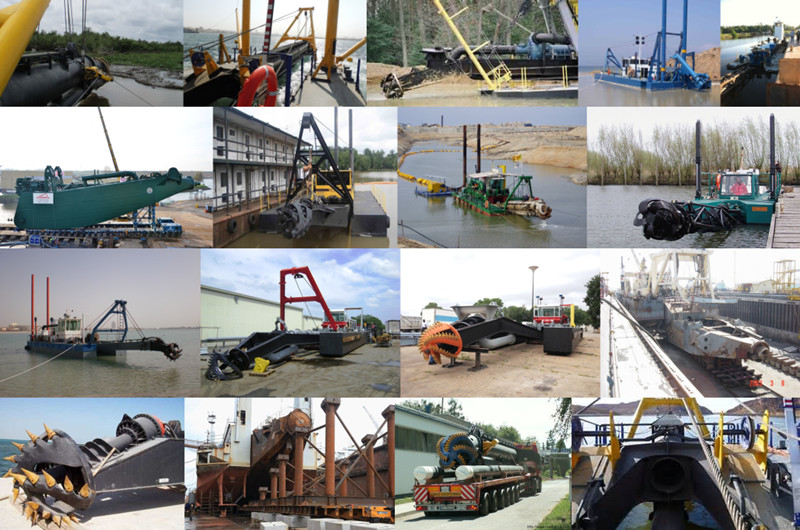The wind speed and direction are familiar concepts and we often say that the north wind blew, or that it was windy today. This already involves the concept of wind speed. Then, in meteorology, how is the wind speed and direction defined? The direction of the wind is the direction of the wind. If the wind blows from the south, it is called the south wind. When the wind blows from the north, it is called the north wind. When the wind direction is not regular, you can add a biased character. The wind speed is the speed of the wind and the unit is m/s. In general, we classify the wind speed, usually divided into 13 levels. There are many instruments for measuring wind direction wind speeds 0, 1, 2, .... Topographic instruments have wind speed recorders to measure wind speed and direction. Sometimes called wind direction wind speed monitor.
Wind direction, expressed in terms of position or angle. In the weather forecast, we often heard such words: Tonight, tomorrow, southerly wind, 4-5. This southerly wind is the wind direction, and 4-5 is the wind speed. The word "bias" means that the swinging of the azimuth cannot be determined. The north wind that is commonly referred to is the wind blowing from the north, and the south wind is the wind blowing from the south. Wind speed is divided into 12 levels in the academic community: windless, soft wind, light wind, breeze, gentle wind, strong wind, strong wind, blast, strong wind, gale force, gusty wind, storm, and hurricane. In general, the impact of wind speed and direction on crops is not particularly large, but we can't ignore its impact on crop plants. Therefore, the measured wind speed and wind direction play a non-negligible role in grasping the growth status of crops.
In addition, in meteorological measurements, there are often related parameters such as carbon dioxide content, atmospheric temperature, atmospheric humidity content, and illuminance. Because the atmosphere is a complex, she has many parts. As a result, a series of instruments for measuring these parameters such as a temperature illuminometer, a carbon dioxide recorder, a temperature illuminometer, and the like have also been produced. The impact of meteorological factors on agriculture is very large and even fatal. Farmland operations are basically dependent on natural resources. Although technology is now developed, greenhouse technology, drip irrigation, and sprinkler irrigation techniques are emerging. However, agriculture is still very dependent on the natural environment. Sunshine, water, and the atmosphere are the most basic factors. The wind speed is a few of the many factors. But the impact on agriculture is very important. Therefore, the importance of wind anemometer is also important.
For easy removal of the Cutter Head , the ladder front piece is fitted with an eye to lock the cutter and unscrew it by reversing the hydraulic motor. In case this does not suffice, the assembly also has a `flame cut ring. After cutting away this ring, the cutter head will be loosened on the thread of the shaft.The box-type design is best suited for mounting a submersible Dredge Pump. This is a stronger design for heavy duty and longer wear life, because the box-type makes the whole Cutter Ladder heavier than the pipe-type. The use of a submersible pump allows for a larger dredged density at depth.
Photo of our Cutter Ladder:

The cutter ladder front parts are of a pipe or a box-type rigid design, complete with the cutter drive motor, cutter shaft, cutter shaft bearing and side wire swivel blocks. The unit can simply be mounted to the ladder of the dredge, connect hydraulics, greasing and flushing water and is then ready for use. The unit's extra sturdy design ensures a long lifetime.
Cutter ladder is a Cutter Suction Dredger component. The cutter ladder front part is fitted with a cone in order to get an optimal flow of solids into the Suction Mouth. The suction mouth is also designed for this purpose. The high-efficiency slow running hydraulic motor drives the cutter shaft and cutter directly. The high starting torque of the motor helps to prevent the cutter from getting stuck.
Our Technology and Quality:
Offering our client best possible and most sustainable solutions to their requirement. Production procedure
Step1: Drawing and technical requirement analysis, production lofting;
Step2: Material cutting, trimming, groove, cleaning, bending, rolling, dimension & NDT inspection
Step3: From part assemble to whole assemble with accurate template and platform, dimension & NDT inspection, welding, dimension & NDT inspection;
Step3: Casting, forging, stamping, machining if necessary
Step4: Final dimension & NDT inspection;
Step5: Surface treatment;
Step6: Package, Loading and Lashing when delivery;
Our service
Besides above the general specifications, we can also supply some specific pontoons and other similar steel structure as clients' requirements.
Package and shipping
bulk package and bulk vessel transportation
frame container package and frame container transportation
Production and equipment
UniSite knows the importance of advanced technology, equipment, quality and continuously invests in advanced equipment.
Equipment list:
pipeline production equipment
machining equipment
welding equipment
bending press equipment
rolling equipment
shears equipment
CNC plasma cutting equipment
advanced paint room and equipment
auxiliary equipment
Cutter Ladder
Cutter Dredger,Cutter Ladder,Dredge Cutter Head,Branch Cutter
Unisite Group Ltd. , http://www.unisitemarine.com